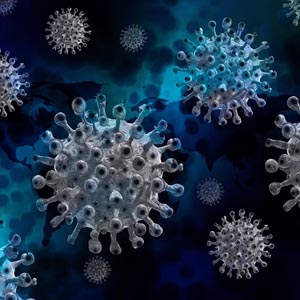A spatiotemporal analysis of the social determinants of health for COVID-19

All claims expressed in this article are solely those of the authors and do not necessarily represent those of their affiliated organizations, or those of the publisher, the editors and the reviewers. Any product that may be evaluated in this article or claim that may be made by its manufacturer is not guaranteed or endorsed by the publisher.
Authors
This research aims to uncover how the association between social determinants of health and COVID-19 cases and fatality rate have changed across time and space. To begin to understand these associations and show the benefits of analysing temporal and spatial variations in COVID-19, we utilized Geographically Weighted Regression (GWR). The results emphasize the advantages for using GWR in data with a spatial component, while showing the changing spatiotemporal magnitude of association between a given social determinant and cases or fatalities. While previous research has demonstrated the merits of GWR for spatial epidemiology, our study fills a gap in the literature, by examining a suite of variables across time to reveal how the pandemic unfolded across the US at a county-level spatial scale. The results speak to the importance of understanding the local effects that a social determinant may have on populations at the county level. From a public health perspective, these results can be used for an understanding of the disproportionate disease burden felt by different populations, while upholding and building upon trends observed in epidemiological literature.
How to Cite

This work is licensed under a Creative Commons Attribution-NonCommercial 4.0 International License.
PAGEPress has chosen to apply the Creative Commons Attribution NonCommercial 4.0 International License (CC BY-NC 4.0) to all manuscripts to be published.













